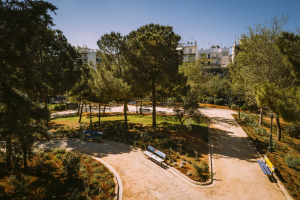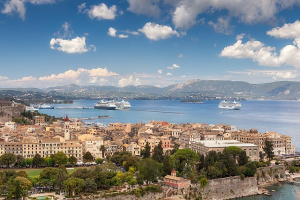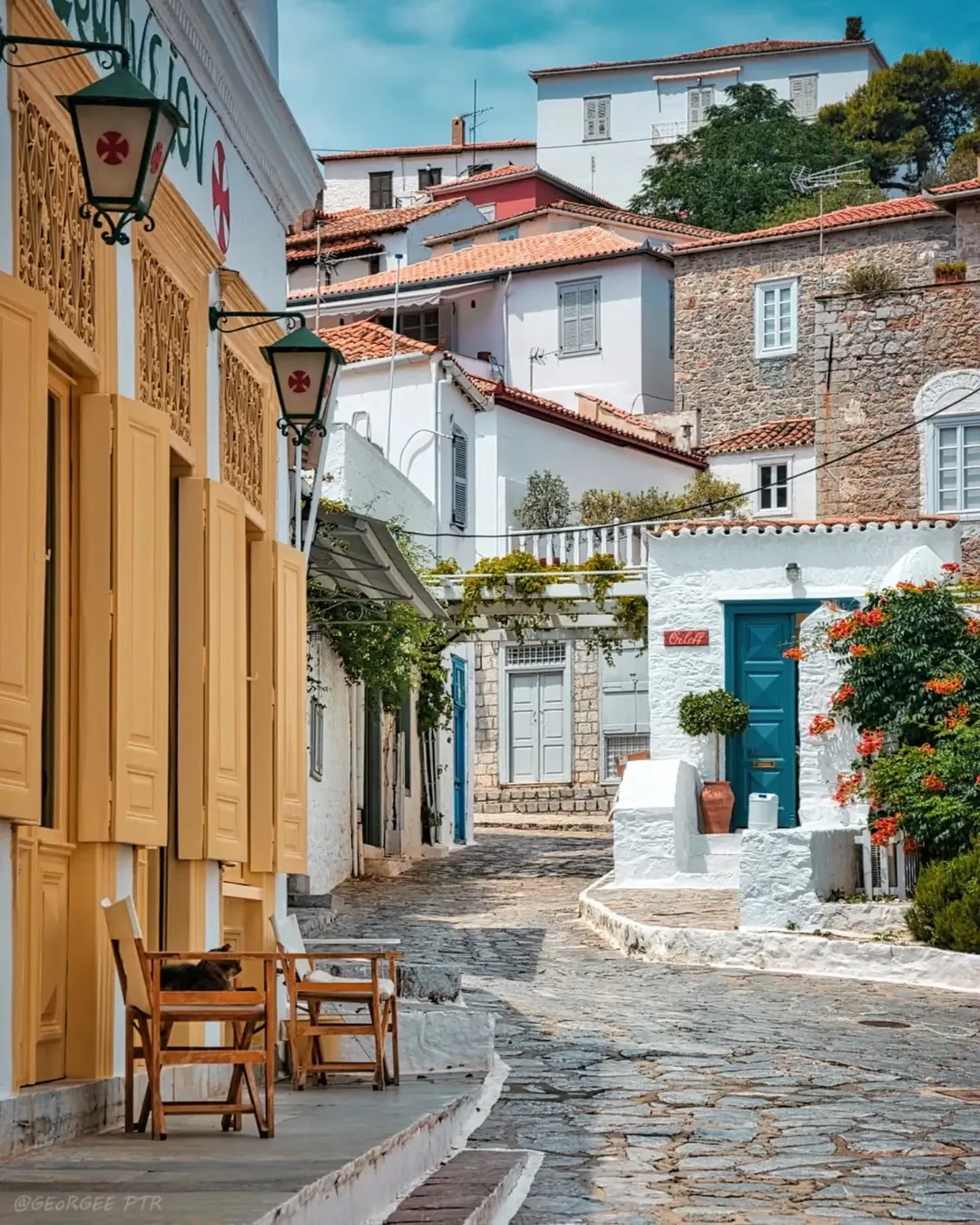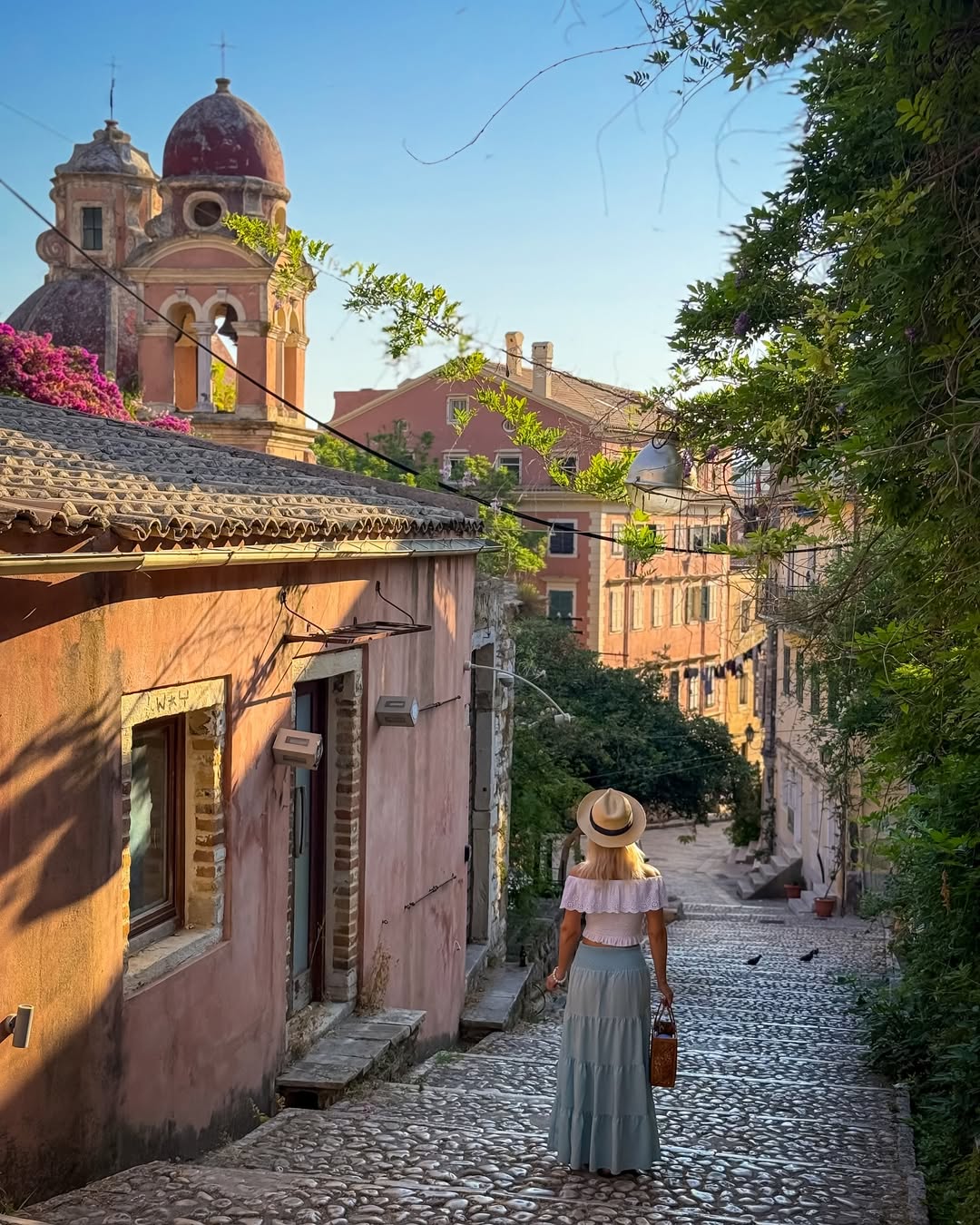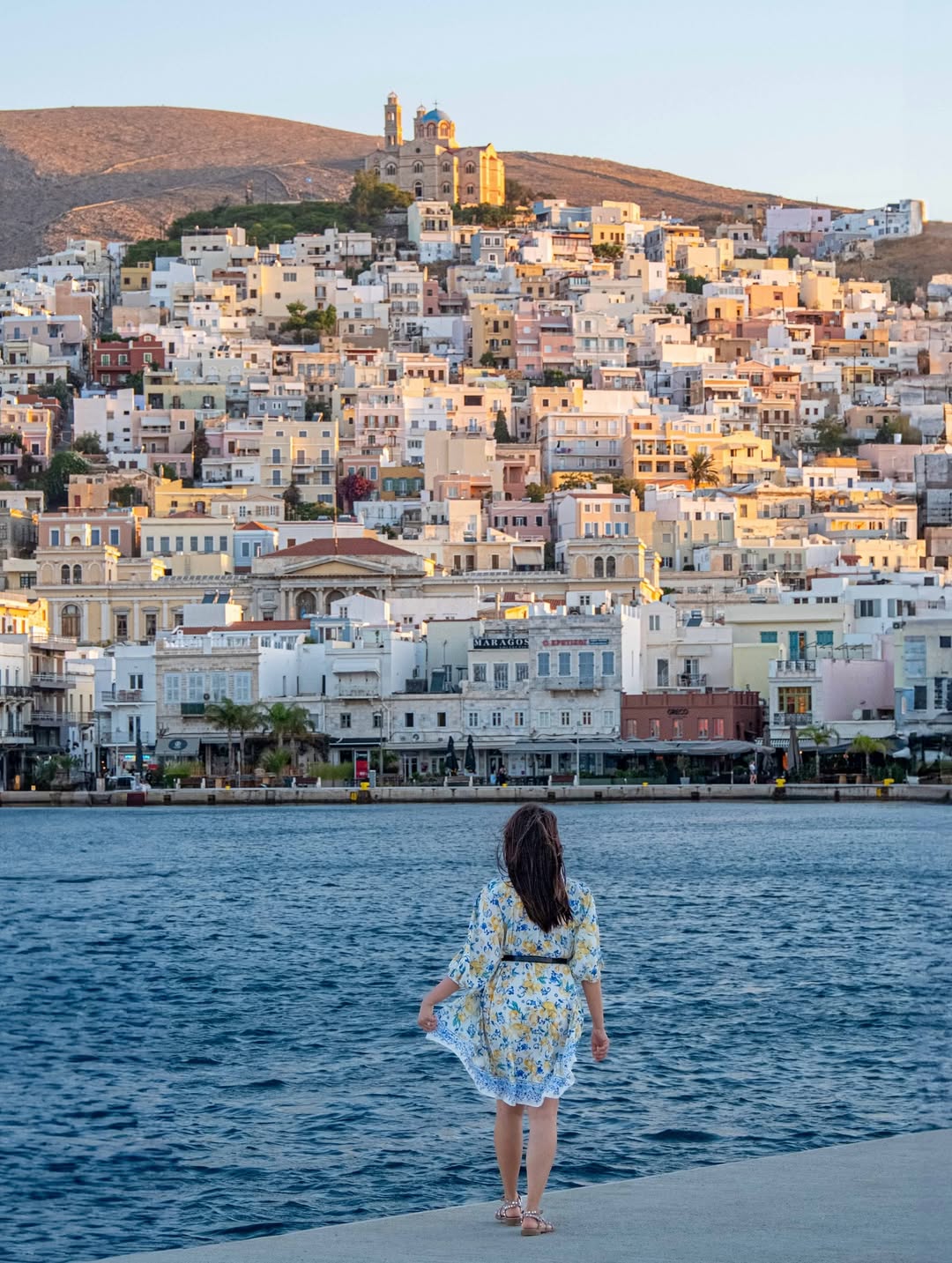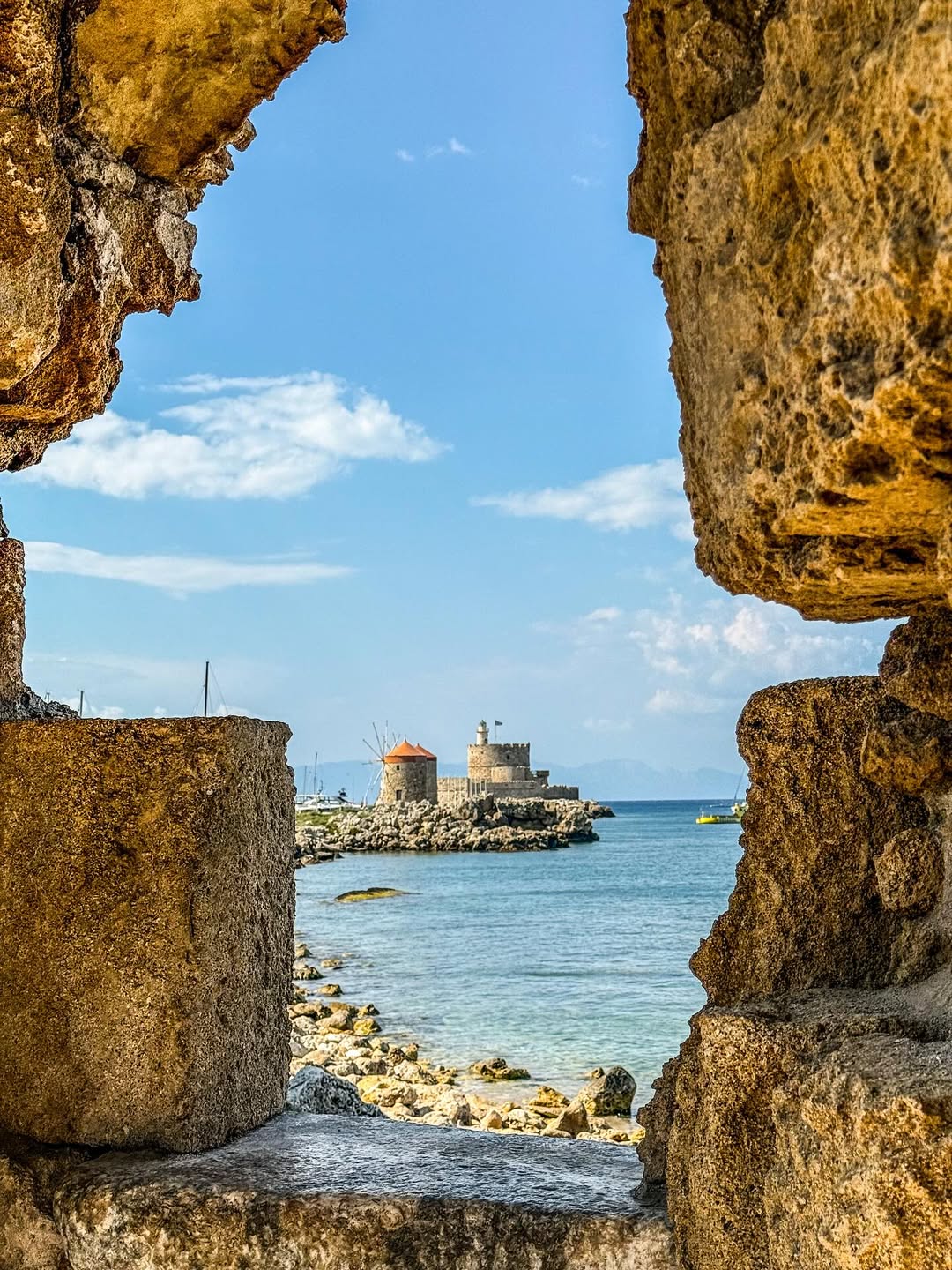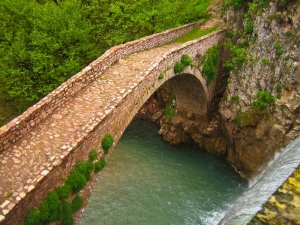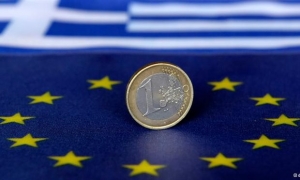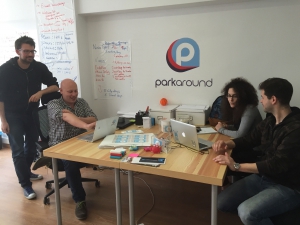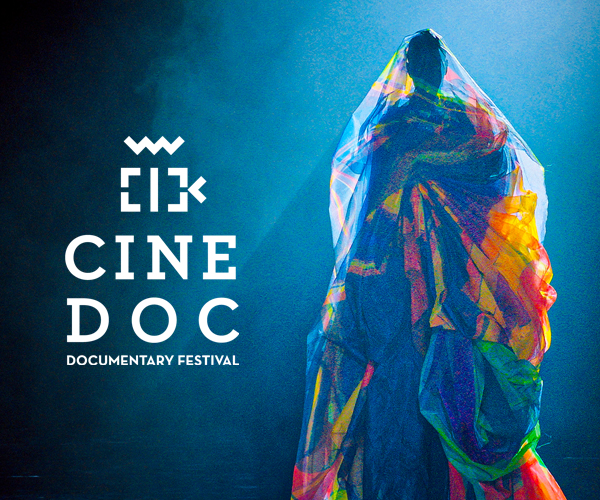When Stella Kasdagli co-founded
Women on Top—now
WHEN—she didn’t set out to build an organization. She just wanted to connect women with others who’d walked the same path. What started as a side project quickly grew into a national force for gender equality in Greece, supporting women through mentoring, training, advocacy, and now, with the
WHEN Hub, an innovative space for working parents.
In this conversation, Stella shares how her own journey as a journalist, entrepreneur, and mother shaped the work she’s doing today—and why stories, community, and compassion remain her most powerful tools for change.
Q: Before founding Women on Top, had you already felt drawn to empowering women or others?
I think that desire had always been in my mind, even if I couldn’t put it into words. Before Women on Top — which later became
WHEN — I was a journalist working mostly for women’s magazines, like Cosmopolitan Greece. Through that work, I started to realize the breadth and depth of women’s needs, especially young women in Greece.
Back then, around 2005 or 2006, we often received handwritten letters from young women across Greece, even though email was available and many did email us. These letters contained questions these women felt they couldn’t ask anyone else.
Every day, our work revealed the many gaps in knowledge and opportunities women and girls faced, not only in the workplace but also in their families, schools, and universities. Personally, becoming a mother made me see how much harder it is to be both a working woman and a parent or caregiver. So, these professional experiences and personal insights made me want to do something to help.
Q: And how did that early interest eventually lead you to create Women on Top?
Like I said, I was a young mother, having just had my first daughter, and I was traveling to London. There, I learned about a mentoring initiative in Britain run by the Prince’s Trust. They had gathered ten established entrepreneurs to mentor aspiring female entrepreneurs for free, for a year. I thought, what a great idea!
But I also wondered why only entrepreneurs? Because if you want to become an entrepreneur, often you already have some network, resources, maybe a degree. But many women might be working in other jobs — like a hairdresser, a teacher, or even be unemployed — and want to change fields or face challenges at work.
These women could benefit from mentoring that offers the unwritten, unspoken knowledge you can’t find in books; knowledge gained from another woman who’s been through the same struggles.
When I came back, I thought about how that could work here. I had no experience with entrepreneurship or nonprofits, but with my then co-founder who had strong HR experience, we decided to build a mentoring program. We started a Facebook group and asked women with at least two years of professional experience to send us their CVs and describe their challenges at work, so we could match mentors and mentees. That’s how it began, back in 2012. It took time to become an official organization and expand services, but that was the start.
Q: Was there a defining moment when you decided to switch from media to social entrepreneurship?
I can actually give another perspective on that, because for many years, building Women on Top wasn’t something I saw as a business. It was just a side project, something I did voluntarily, pro bono. That went on for about four or five years.
Then two things happened. First, I left my job as a journalist and became a freelancer. That’s when I became aware of a different set of challenges around work-life balance, especially for freelancers and entrepreneurs who don’t have the support system or structure to work while their children are still at home.
That’s when the idea of creating a coworking space with on-site childcare came up. We realized that the Women on Top community could be the perfect platform to support such an initiative down the road. This encouraged us to keep growing and enriching the community.
At the same time, freelancing wasn’t fulfilling enough for me, and then MeToo happened, first in the US, then globally. Our understanding of gender equality and workplace challenges deepened. We realized we could do much more than just offer mentoring. We could provide empowerment workshops, consult with businesses on becoming more equitable employers, and create spaces like the one we have now.
Q: Since you mentioned being a mother, I’d love to ask about balancing your different roles and motherhood. Also, you talk about “growing up alongside your daughters.” What does that mean to you?
Motherhood—and parenthood more broadly—has been the most transformative experience of my life. I used to assume it would put my career on hold, but instead, it gave me clarity, fresh ideas, and a deeper sense of purpose. My children didn’t slow me down; they motivated me. In fact, I truly believe I owe much of what I’ve achieved professionally to them. It wasn’t a one-time thing, it happened with both pregnancies.
Becoming a parent sharpens your focus. You develop what I call a “bullshit radar”. You stop wasting time on things that don’t matter. That’s why some women seem to lose interest in their jobs after becoming mothers: not because of motherhood itself, but because those jobs were never meaningful to begin with.
Parenthood, despite its challenges, can be a powerful driver for finding your true path. Even if you can't make big changes right away, you can take small steps toward the work that really matters to you.
Being a parent and an entrepreneur is a steep learning curve. I feel like I learn every single day. And the idea that you need to have it all figured out before becoming a parent? That’s a myth. The most important thing isn’t being “ready,” it’s being open. And if you are, parenthood will change you in the best possible way.
Q: You do so many things…running a nonprofit, writing books, being a mother. What’s your best tip for finding balance?
Honestly, I don’t think I ever fully do. It’s always a work in progress. One important thing I realized a bit late is that you need to get the foundation right first. You need to sleep well, eat properly, and take some rest. Only then can you go after all the big things you want to achieve. Sometimes we get so absorbed by our goals that we forget to take care of the basics. That’s something I learned the hard way.
Besides that, I don’t think you can ever have perfect balance, with everything neatly separated. At any point in life, you’ll have to prioritize what needs your attention most.
What really helped me was having a space where I can work and know my children are well cared for and happy. That support has been a huge boost in finding some balance. Our coworking space, WHEN Hub, has been running for about nine months now, and honestly, these have been the easiest nine months of my work life when it comes to balancing everything. That’s why we created this space, so other working parents can get the same support.
6. What has your personal experience been like as a woman entrepreneur in Greece? Have you felt supported, or have you faced challenges?
Both, actually. I’ve been privileged in some ways because I work as a social entrepreneur in a field that’s, let’s say, female-dominated: gender equality and female empowerment. For better or worse, these areas tend to be led by women. So I haven’t faced the same challenges as women in male-dominated sectors like tech or construction.
That said, in the beginning, when we weren’t sure where we were going or how fast to grow, we got caught up in the startup culture narrative that you have to scale quickly to be successful. That can be really disorienting, especially for social entrepreneurs, but honestly for any entrepreneur. You need to be able to set your own pace.
This is even more important for female entrepreneurs because many start their businesses later in life, balancing motherhood, caregiving, or even a day job alongside their venture. To manage all this, you need support, not only from yourself, but from your family, who must back your chosen pace.
Also, the entrepreneurial ecosystem should respect that diversity. It shouldn’t push a one-size-fits-all timeline or threaten to cut you off from funding or incubation if you don’t grow fast enough. I truly believe the funding and support systems need to adapt to different needs, especially for female entrepreneurs.
Q: Have you noticed any changes in the professional landscape regarding gender equality since you started your journey?
Yes, there have been significant changes, mostly in terms of increased awareness around gender equality and female empowerment. Back in 2012, even among my friends, what we were doing felt almost like a joke, people struggled to understand why it mattered.
That has shifted a lot. People’s perceptions have improved, even if their deeper understanding of the issues isn’t always fully there yet. But even a surface-level recognition of the importance of gender equality is a positive step forward.
Since then, we’ve seen many organizations emerge and companies take varying steps—some more effective than others—toward empowering women. There’s still a long way to go, especially with the current political and social backlash against gender equality worldwide. But overall, I believe society and the professional ecosystem are moving in the right direction.
Q: What advice would you give to young women in Greece—or anywhere—who dream of starting their own business?
It might sound a bit old-fashioned, but I really believe it’s important to have some professional experience before starting your own business. Developing a strong work ethic, seeing how things operate, understanding that professional relationships differ from personal ones, and learning how to manage or observe team dynamics.
Then, choose your own pace. You don’t have to grow your business in one year, nor do you have to wait forever to get funding or feel ready. It’s okay to combine your day job with your new business for a while.
Also, think outside the box. Often, women limit themselves to what they’ve seen other women do—which isn’t bad at all, since small businesses are important and fulfilling—but why not explore new, different ideas, even if you haven’t seen other women doing them?
And lastly, build your network. I know it’s hard, it can feel uncomfortable, and it takes time you may not always have. But investing authentically in your network is very important.
Q: How do you personally use the WHEN Hub? Are there any moments that stand out since you started this project?
This has been the easiest phase in terms of work-life balance, but also one of the hardest in our entrepreneurial journey, since the
WHEN Hub is something completely new for us and our community. It’s still a baby, but in just nine months, we’ve seen its incredible potential.
The hub was created with three goals in mind. First, to give our 11-person team a physical space after years of working remotely, a huge shift that’s helped us collaborate better, host interns, and engage more with volunteers.
Second, to support working parents and parent-entrepreneurs by allowing them to work while their children are cared for in the mini-hub. They can either pay a reasonable fee or apply for a scholarship if needed. This has helped many women — from students working on degrees to new mothers — find space, time, and support.
And third, to create a hub for other civil society organizations working on gender equality, inclusion, and support for underrepresented groups. We've hosted many such groups already, building connections and conversations that have been deeply meaningful.
Q: What is WHEN most focused on right now? What kind of people or partners do you want to attract?
We keep working on all our projects, including some exciting new ones, like supporting victims of sexual harassment and helping emerging and underrepresented writers. We also continue our ongoing work.
If I had to pick two main focuses for the next year, one is the WHEN Hub. It’s new for our community, Athens, and Greece. We want to raise awareness and show how this space can truly transform the lives of women, parents, and the community as a whole.
The second focus is on regional Greece. Since 2023, a big goal has been to move beyond Athens and dive into the needs and challenges women face in smaller communities, whether rural, tourist, industrial, or others. This work outside the city is very important and will keep growing.
Q: Lastly, since writing and storytelling have been part of your journey from the start, how do you see them as tools for sparking social change today? And is there a message or conversation you’d especially like to open up right now?
I think storytelling is a huge tool we have to encourage and cultivate social change and awareness. I try to do that as a writer, but since I can’t write as much as I’d like, it’s not just about me. Even when two people from different backgrounds and with different agendas sit down and start talking about abstract issues or current events impersonally, they tend to get into conflict more easily than when they start sharing personal stories.
We live in a time where we need to transcend our own communities, kin groups, and close circles and keep connecting with people who are different from us. Stories are one of the most important tools to do that because they help us focus on experience and feelings. They help us see the human side of others, not just the differences.
Differences are important, and we shouldn’t hide or gloss over them, but storytelling lets us go beyond those differences. I feel this is very important today, to be able to connect beyond our divides.
Thank you so much for having us at the WHEN Hub — it’s been a pleasure to experience the space and hear your story in person.
You can follow Stella on
Facebook and
Instagram to stay connected and follow the journey of
WHEN and all the work still to come.


